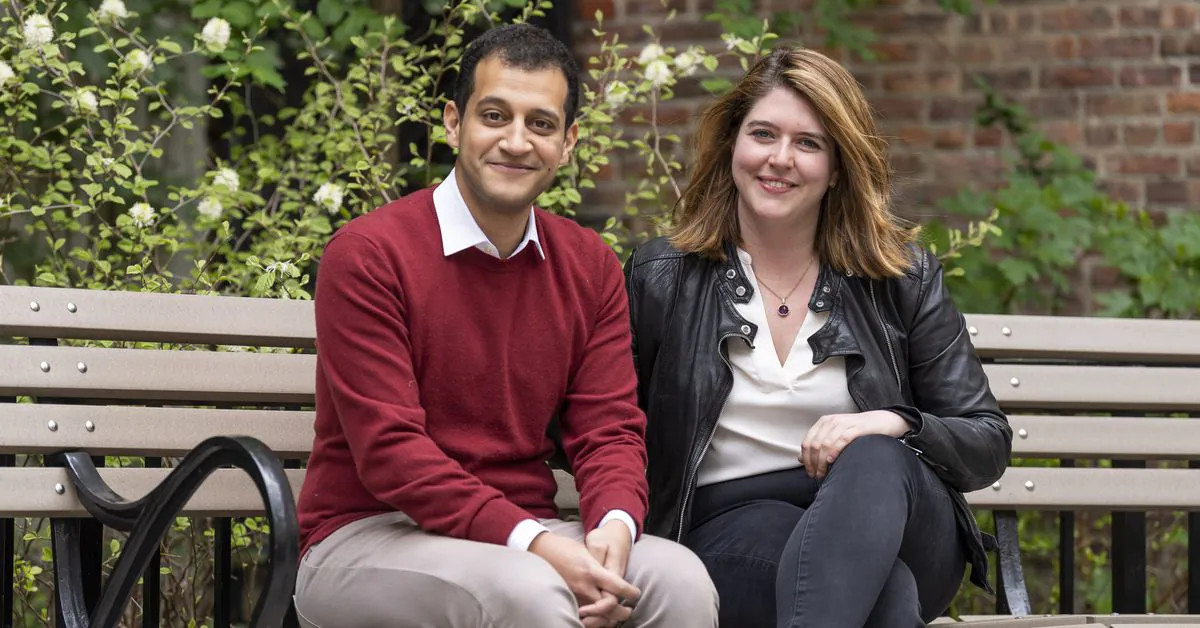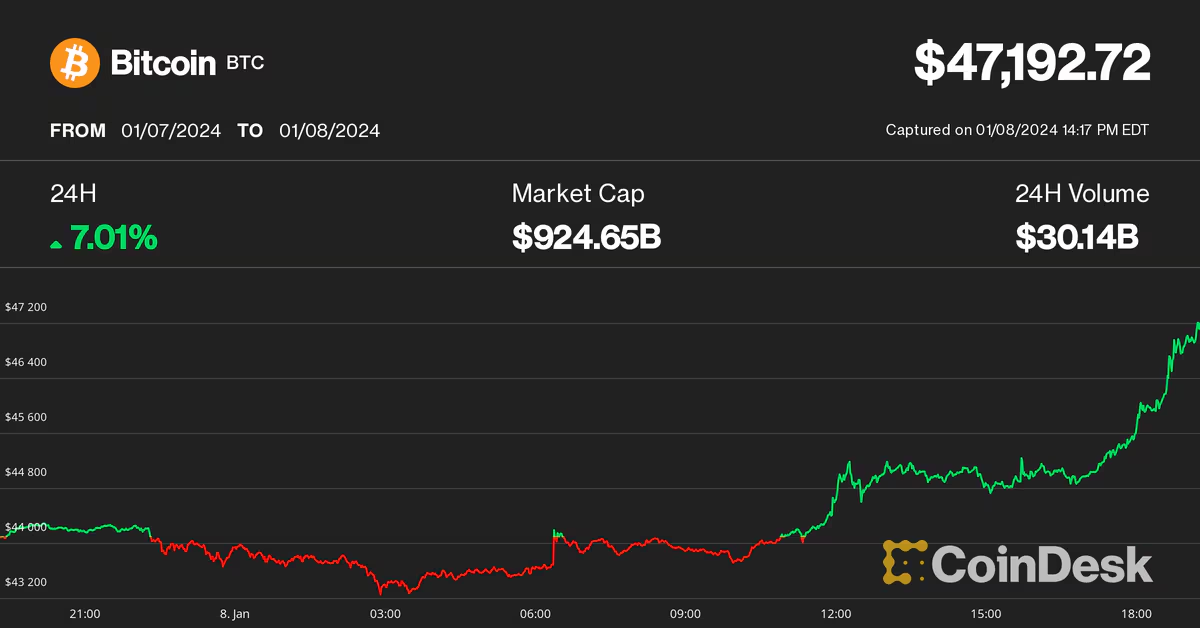Analyzing the stablecoin ‘rising star’ USDV Creating a native on-chain stablecoin, leveraging RWA to open a new narrative.
Unveiling the Revolutionary USDV Stablecoin Leveraging RWA for On-Chain Creation and Shaping a New NarrativeAuthor: Nancy, LianGuaiNews
With the release of higher liquidity and the promotion of more efficient capital allocation, Real World Assets (RWA) are attracting traditional institutions and native crypto companies to lay out, bringing new narrative structures and ecosystem participants to the crypto world.
Stablecoins are one of the main scenarios for the tokenization of RWA assets and are becoming a new growth engine in this field. Stablecoin innovation has always faced a series of issues such as the authenticity and security of assets, high default risks, etc. The recent default of USDR is a typical case. Ensuring the security and transparency of underlying assets is of utmost concern to users.
In the macro environment of the recent surge in US bond interest rates, the Verified USD Foundation has launched USDV, a native stablecoin supported by 100% real-world asset token reserves, which is worth the attention of the entire industry. The underlying assets of USDV are on-chain assets – Short Term Bond Tokens (STBT), launched by Matrixport’s Tokenized RWA brand, Matrixdock. USDV has been launched on five mainstream chains and supports cross-chain transactions. So, what are the innovations of USDV compared to other stablecoins? What are the future application prospects? Let’s find out in detail.
- Higher and hotter or facing a cold crash? Analyzing the logic behind the explosive surge of BRC-20 tokens and projecting future developments.
- False BlackRock XRP Trust application documents cool down the crypto market, but the fundamentals remain strong and unaffected
- Opposition votes unexpectedly gaining the upper hand? Cosmos’ proposal to reduce inflation rate triggers a community civil war.

Putting in efforts to gain user trust, achieving full chain transparency and value verifiability
As the fastest-growing segment in the crypto world, stablecoins have become the cornerstone of liquidity and core assets in the crypto ecosystem. With more and more institutions entering the market, stablecoins’ influence is growing rapidly. According to the latest forecast from Wall Street investment bank Bernstein, the market size of stablecoins will grow to $28 trillion in the next 5 years.
Trust and value stability are the anchors of stablecoins. Due to events such as the collapse of UST, the unanchoring controversy of USDC and USDR, etc., users have experienced a crisis of trust, and ensuring asset transparency, security, and reliability is the foundation for gaining long-term user trust.
USDV, a native stablecoin on the full chain, has put efforts into gaining user trust and is the first stablecoin to truly achieve full chain transparency and value verifiability. The first underlying asset of USDV, the Short Term Treasury Bill Token (STBT), is an ERC-1400 standard token, and its value is always anchored to $1 through the rebase mechanism based on the closing price of the US bond market every trading day. According to Dune data, as of November 14th, the current market value of STBT exceeds $110 million.

STBT has created a reserve asset with high transparency and strict audit measures, providing reliability and credibility.
On one hand, STBT can query and monitor daily reserve proofs on Etherscan, providing immutable records of asset ownership. Compared to other projects that disclose reserve assets on a monthly or quarterly basis, STBT supports real-time viewing of the latest asset information on-chain, achieving transparency in asset reserves and building user trust more easily. In addition to self-disclosure of underlying asset records, Chainlink provides real-time decentralized Proof of Reserve verification for STBT.
On the other hand, STBT’s underlying assets consist of short-term US Treasury bonds maturing within six months, as well as repurchase agreements secured by US Treasury bonds. Moreover, USDV has the capability to be compatible with various RWA tokens in its underlying technology, allowing for the inclusion of other highly liquid and stable RWA assets as collateral in the future.
In terms of implementing RWA assets on the blockchain, STBT adopts a similar approach to asset securitization, effectively isolating the counterparty risks of the issuer by establishing an orphan trust structure with complete bankruptcy isolation capability, forming a natural firewall. This means that when the issuer undergoes liquidation, STBT holders can receive the US Treasury and cash assets held by the trust as priority settlement. Of course, the selection of RWA assets will be completed through governance to ensure that the chosen collateral assets meet the requirements. The introduction of RWA assets such as US Treasury bonds can greatly enhance trust and attract greater off-chain liquidity.
In terms of code security, USDV’s open-source smart contracts have undergone third-party security audits by Zellic.io, LianGuailladin, and OtterSec.
Breaking the liquidity and composability dilemma, unlocking the potential of stablecoin assets
Although USDT and USDC dominate the stablecoin market, as the market environment changes, user demand increases, and application scenarios expand, higher requirements are being put forward for the use cases, liquidity, and participation of stablecoins.
Especially under the multi-chain trend, the demand for cross-chain asset transfers between different chains is increasing, and the circulation of assets can greatly maximize resource utilization and value appreciation. However, most cross-chain asset solutions seem to suffer from low efficiency and high costs, such as time-consuming and costly processes through centralized exchanges (CEX) or the risk of assets becoming unpegged when using wrapped assets.
USDV empowers the liquidity and use cases of stablecoins by introducing an innovative interoperability solution. As an ERC-20 standard token, USDV can integrate with any ERC-20 compatible DApp. Additionally, USDV integrates LayerZero’s OFT (Omnichain Fungible Token) standard for full-chain interoperability. OFT provides USDV with a more user-friendly and efficient cross-chain transfer solution, allowing tokens to be externally composited in any DApp seamlessly. Moreover, this standard allows for the avoidance of wrapped assets, reducing the risk of token unpegging and eliminating the need for users to bear counterparty risks in multiple transactions.
On its debut, USDV already supports Ethereum, BSC, Avalanche, Arbitrum, and Optimism, with plans to integrate more chains and ecosystems in the future. It has the technical capabilities to support over 40 L1 and L2 chains, providing users with a seamless and secure liquidity hub that connects different blockchains. Even users unfamiliar with blockchain operations can easily transfer assets across different chains.
It can be said that USDV has strong accessibility and cross-chain capabilities, greatly improving the liquidity and composability of stablecoins. This allows users to have a convenient and efficient fund management experience, unlocking the full potential of stablecoin assets.
Introducing a fair incentive mechanism to cultivate a self-growth community and support the ecosystem
Having a wide range of use cases is a key factor for the success of stablecoin projects. It not only enhances user participation but also increases its own sustainability, thus establishing a strong flywheel effect and innovation space. And sustainable scenario development relies on a fair and effective incentive and recognition mechanism.
Similar to the early stages of Bitcoin mining, the security and development of the USDV network are driven by ecosystem contributors. These contributors will be economically incentivized based on their level of contribution (in terms of creating demand for USDV). To build a self-growth community composed of multiple influential contributors, USDV has introduced the value attribution algorithm, ColorTrace, developed by LayerZero Labs, into its smart contracts.

The innovative ColorTrace algorithm rewards ecosystem contributors in proportion to their actual contributions. For example, adding USDV as collateral or lending options in cooperative agreements, deploying USDV in DEX trading pairs or pools, etc. The more significant the contributions to USDV circulation and demand, the greater the rewards. The introduction of the value attribution mechanism allows USDV to freely circulate as a fungible token while leveraging the advantages of large-scale ecosystem contributors.
This fair and reasonable incentive mechanism helps sustain ecosystem partnerships, generating exponential growth cycles, and enhancing the further liquidity and utility of USDV. It’s worth noting that USDV contributors are only open to verified ecosystem partners who have undergone KYC or have been whitelisted, among other requirements. This approach improves transparency and enables effective regulation and compliance.
As the issuer of USDV, the Verified USD Foundation is responsible for recruiting new ecosystem partners, devising USDV’s roadmap and governance framework. Its future plans involve collaborating with third-party institutions to explore more use cases for USDV, bridging real-world assets and providing users with a wider range of services. For example, DeFi mining, lending, staking, fund management, cross-border payments, and potentially even introducing debit cards in the future.
Amid the difficulty of attracting hot money, the lack of new users, and the limited scale of the industry, stablecoins like USDV are not only increasing user trust but also breaking through the development bottleneck of the current market by introducing cross-chain transfer solutions and incentive mechanisms. This will capture more liquidity and innovation in the crypto market.
We will continue to update Blocking; if you have any questions or suggestions, please contact us!
Was this article helpful?
93 out of 132 found this helpful
Related articles
- GROK’s team is accused of having a criminal record, will the myth of the ten-thousandfold Meme come to an end?
- SBI launches $660 million Web3 venture capital fund is just the tip of the iceberg, taking stock of recent big capitals entering the market.
- Cryptocurrency industry, should it rebuild or retire in the wake of FTX’s collapse one year later?
- Battle of the Titans Binance with its profound internal strength vs OKX with its accumulated power and sudden burst, who will laugh proudly in the crypto world?
- Crypto Taxes: A Never-Ending Maze of Madness
- Welcome to the World of Crypto Taxes: Where the IRS is Cracking Down and Investors are Seeing Black and White Rules!
- IRS + DeFi A Match Made in Crypto Heaven – Why the IRS Should Offer a Free Tax Reporting Tool





